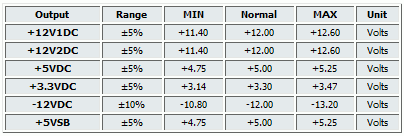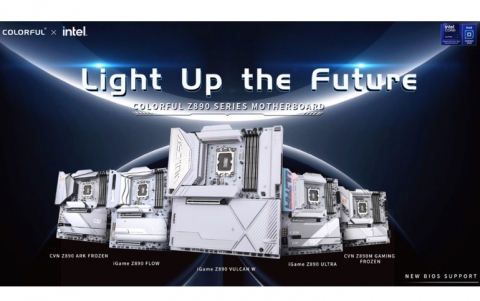Nexus RX-5300 PSU
3. Powering up the device
Which factors contribute to a quality power supply unit? Well, it should be able to perform as rated even under heavy loads and of course, it should offer reliability in time.
Though our measuring equipment is yet upgraded in order to offer hardware measurements for the provided outputs of the PSU, we have to compromise with simpler testing procedures, which however may lack accuracy.
We tried to give our system enough load either through extensive CPU+3D usage via 3D Mark Vantage and PC Mark Vantage. Our test PC was as follows:
- Motherboard: Asus P6T Deluxe/OC Palm Edition
- CPU: Intel Core i7-920 retail
- 2x Asus EN9800GTX
- 3x1GB Crucial PC3-10600
- 1xWD 80JB SATA I
- 1xSeagate 80GB SATAII
- Windows VISTA 32bit SP1
All PSU ratings were monitored using the Everest Ultimate Edition v3.0 software. The following table lists the industry-wide specifications for DC Output Voltage Regulation.

After running both benchmarks, the monitored the outputs of the PSU in order to see how much they were 'stressed' under the heavy load. A summary of the results is available below:
Minimum |
Maximum |
||
+3.3 V |
V |
3,23 |
3,26 |
+5 V |
V |
4,86 |
4,94 |
+12 V |
V |
12,20 |
12,28 |
It looks like the PSU is capable of keeping the variation of voltage within the acceptable limits. The dual VGA setup seems to load the PSU a little bit more and we saw a 0.08V in the voltage measured at the +12V rail.



















